Homeowner Newsletter: Spring 2021
©2021 Jeffrey C. and Connie L. May
When we talk about “indoor air quality,” we are referring to indoor environments. But exterior conditions can also have a deleterious effect on the quality of the air you inhale indoors.
First, there is the obvious: pollen. If you have pollen allergy, it’s a good idea to keep your windows closed during pollen season (and pollen can be fodder for mold growth). If you have mold allergy, some seasons can also prove to be a problem for you. I live in New England: a four-season climate. I have mold allergy, and in the fall I experience symptoms because of spores from moldy leaves at the exterior. During this time of year I always try to keep my windows closed as much as possible (I have not tried using a box fan with a MERV-8 pleated-media filter but I have heard that these can work).
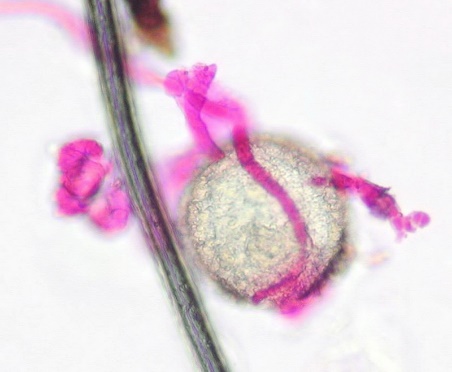
Let’s look at some other outdoor triggers that can cause indoor air quality problems:
Rodents: Mice cause unpleasant odors when they die inside wall cavities, and their urine trails also impart a particular odor. In addition, Aspergillus mold can grow in their urine trails if there is a significant infestation.
Look carefully around the exterior of your home for any small gaps or openings that could be rodent pathways (don’t forget to look under decks, steps, and open porches); using a mirror and flashlight makes it easier to find openings under siding and trim. Seal such gaps and openings with mesh and foam, masonry, wood, or copper wool as appropriate (copper wool won’t rust the way steel wool does).
If you have an attached garage, be sure that the garage doors are pest-right; add gaskets and a sweep to a garage door as needed. Don’t store birdseed in your garage; that’s like hanging a “food pantry” sign for mice. If you have to keep birdseed in your garage, keep it in a tightly lidded metal container and don’t leave any spills.
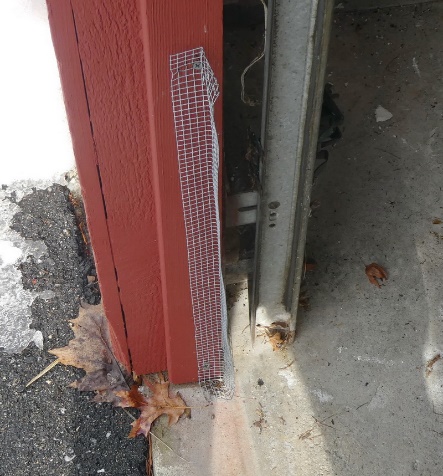
Plantings: Keep an 18-inch to 2-foot clearance around your house so you can keep an eye out for pest activity and water ponding. No branches or leaves should touch the siding, especially if the siding is wood; branches in contact with asphalt roof shingles can even make holes in the shingles.
Moisture intrusion: Think of your house as a box with walls and a roof to keep the weather at the exterior out of the interior. Staining on walls or a ceiling near a chimney may be caused by a chimney-flashing leak rather than a roof leak. Have the chimney flashing checked to see if it needs to be repaired or replaced.
Many of my clients think that water intrusion in basements is inevitable, but that’s simply not the case. If you have a high water table in your neighborhood, you can install an interior perimeter drainage system in the basement. If your house backs up to a hill, confer with a landscape professional on how to direct drainage away from your foundation wall (options could include creating a berm or swale). Be sure that the grading slopes away from rather than toward your foundation (when the ground slopes toward a foundation wall, it’s called “reverse grading”); otherwise, moisture may seep into the basement.
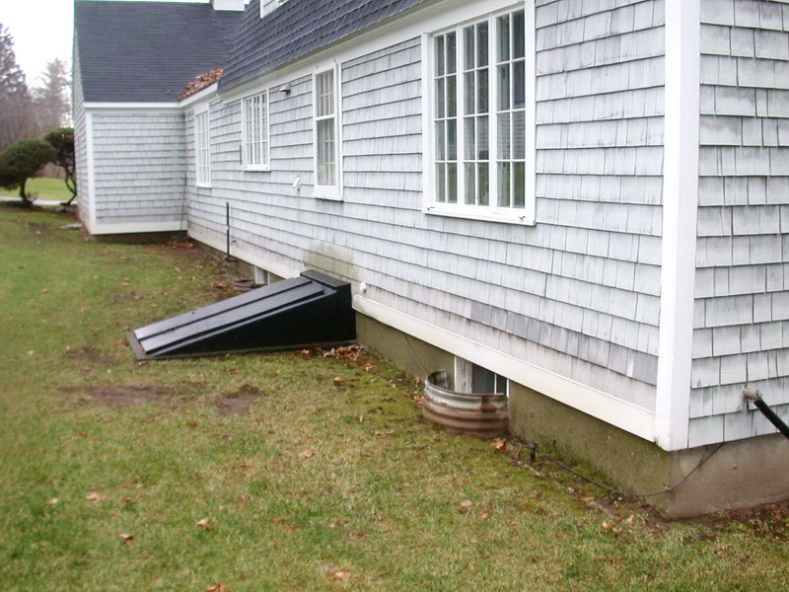
The most common reason that water intrudes into a basement is due to poor control of roof water. If you have a gutter system, go around the house in a heavy rain and see where the roof water is going. If the gutters are overflowing, they and the downspouts may need cleaning. Don’t hire a company to clean your gutters if all they do is use water from a hose to direct leaf debris from the gutter into the downspouts; this will clean the gutters but is likely to clog the downspouts.
Be sure that downspout water flows away from rather than toward the house. Downspouts can empty onto splash blocks that are sloped away from the foundation wall. If you have downspouts that empty into underground piping, be sure that the piping isn’t clogged (look at the downspouts during a heavy rain to see if the piping is overflowing). Most underground piping empties into drywells that can silt up over time and lose their capacity to drain. Then you can bury 4” solid PVC piping a few inches below the soil, extend the piping to daylight at the edge of a deep landscape furrow or downhill from your house, and insert the downspouts into that piping.
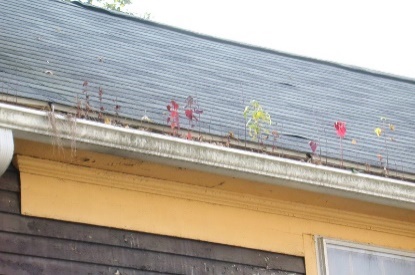
Garages can also suffer from water intrusion. If your driveway slopes toward the garage, consider having a drain installed in front of the garage doors and keep the drain clear so it can work effectively.
Mold on the outside of buildings: People are often concerned about mold growth (often called mildew) on their siding. Such growth is a potential cosmetic concern but generally doesn’t pose an exposure threat. Mold growth on the outside of a home is difficult to avoid, because rain and humidity give the moisture that mold needs for growth, and pollen, sap, and outdoor dust offer the nutrients.
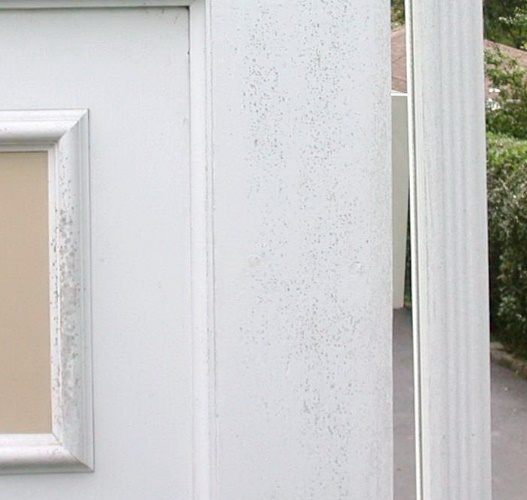
Volatile organic compounds (VOCs) from the exterior: Inhaling wood smoke kicks up my asthma. We once had a neighbor who had a wood-burning stove. Depending on the wind direction, sometimes the wood smoke would drift over to our house, where I could smell it not only in our yard but also in our house, which was old and not very airtight. Newer homes are more airtight and can be serviced with ventilation systems that can filter the outdoor air that flows into the house. It is very difficult, though, to prevent wood smoke from a neighbor’s fireplace from entering an older home. If you are affected by wood smoke, you can always ask your neighbor not to burn wood. You could also try to make your home more airtight, but in the end, you may have to move. Luckily for us, the neighbor moved away and the new owners did not seem to use the wood stove.
If you are considering moving and have chemical sensitivities, be careful about living near a golf course (all those pesticides), a beauty shop (all those fragranced chemicals), or a major highway (diesel fuel exhaust can be particularly irritating).
We may think of our homes as retreats from the outside world, but any indoor environment – whether it be your home or another building – sits within the larger outdoor environment that contains allergens, irritants, and contaminants, as well as rodents. With some effort and vigilance, you can prevent many of these from entering the indoor environment where you live or work. During this pandemic, such spaces can be one and the same.
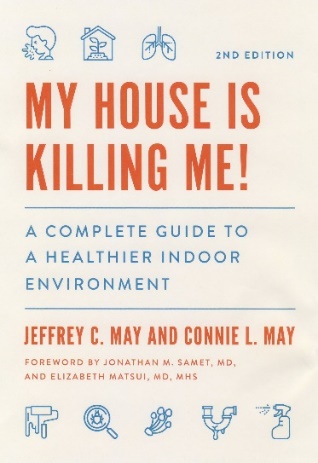
Our new book, published in December 2020 by Johns Hopkins University Press, is available on line.
Review: “It is my privilege to recommend Jeff and Connie May’s new edition of My House Is Killing Me. It is incredibly informative, comprehensive, and easily digestible. It has broad appeal and is an excellent guide for the general public as well as medical practitioners. A highly valuable resource!” (Alex Bingham, MD, Northeast Functional Medicine)
